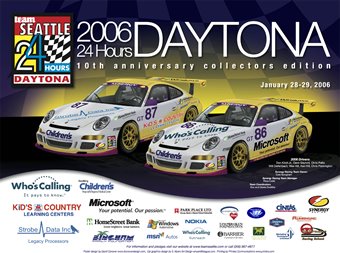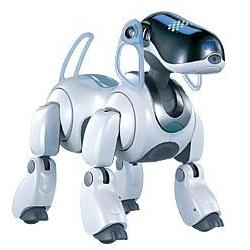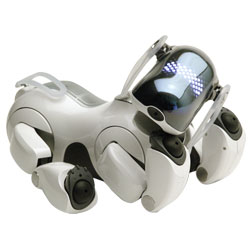A stock 1997 Porsche 911 Twin-turbo (911TT) produces 408HP from a 3.6L twin-turbocharged motor. One would think that is more than enough power for any sane human being. Well, the existence of the
1001HP Bugatti Veyron is clear proof that some people don't think 408HP is not enough!
I think it is enough, but, I wanted more anyway!
[I've never claimed to be sane] It is possible to increase the power of the 911TT to 600+HP but it's quite pricey. Also, I like to drive the 911TT at the local race tracks occassionally, so I need the car to be bulletproof reliable. At 600HP I'd be worried I was sitting a granade!
With turbocharged cars, the best way to increase power is to put on larger turbo chargers (yes, you can play games with the car's computer to increase boost without changing the turbo, but, that is a hack that almost never provides the power promised by the computer programmers). However, increasing the size of the turbocharger generally increases lag (the time it takes the turbos to spool up after depressing the throttle peddle). The stock 911TT has minimal lag which I really like, so increasing lag would be very undesirable!
It turns out that one can fit the compressor wheel from a larger turbocharger onto the units that are stock on the 911TT; these are K16 turbos and one can fit a K24 compressor on them with some careful machining of the compressor housings.
As it happens, a rather good turbocharger guru runs his business (
Ultimate Motorwerks) out of Monroe, WA, which is just a skip and a hop from my home. So, naturally I corresponded with Kevin and did some research on the
Rennlist Turbo Forum to figure out which of his various power packages were right for me. I decided on his lowest power package,
Stage 1, in order to be assured that the engine can withstand some heavy track driving. This package is good for about 450HP on 92 octane fuel and 470+HP on 100 octane race fuel... Good enough?! For now :)
Along with the hybrid K16/K26 turbos, Kevin provides highflow catalytic converters and engine programming by another Porsche guru, Gunther from Germany. Highflow mufflers are also required so I acquired mufflers from Cargraphic (they sound wonderful!). To handle the added power I needed to upgrade to the GT2 Sachs clutch and lightweight flywheel. To top it off, a complete tune up, replacing all ignition parts (plugs, wires, distributor, etc.).
Below are the dyno results comparing the stock power output to the Stage 1 upgrade (note that this dyno shows HP at the wheels rather than at the crank as is advertised by manufacturers; so you'll see that stock the car puts roughly 300HP to the wheels and with the Stage 1 it does 362HP).

The car pulls like a freight train! Now the question is: "When is 470HP not enough?" ...


















